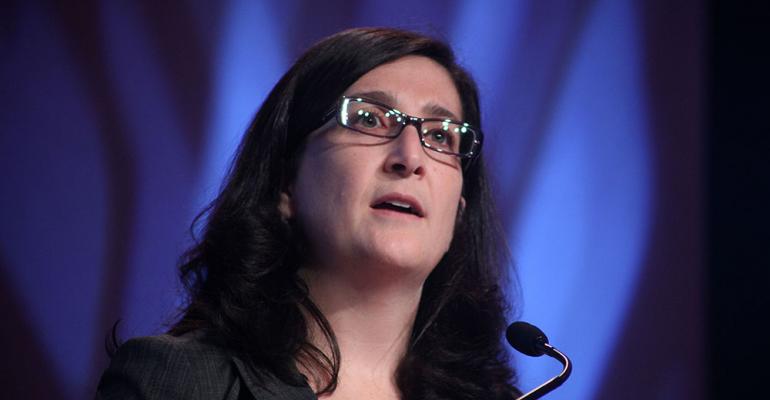TRAVERSE CITY, MI – That woman with the pleasant voice seems nice enough.
But, boy, can she get it wrong. She tries to help, yet ends up frustrating people.
“She” is the simulated sound of vehicle voice-recognition systems, designed so motorists keep their hands on the steering wheel and not fiddle with the infotainment system, thus risking driver distraction.
“Voice recognition is one of the most humanized features in a vehicle, but users sometimes feel it’s not listening,” says Kristin Kolodge, J.D. Power’s executive director-driver interaction and human-machine interface.
Tied into vehicle infotainment systems, voice recognition uses software to analyze consonants, vowels, words and speech patterns.
The system then tries to make sense of what a user says, reply accordingly and trigger programmed command functions. Those include calling a phone number or prompting the navigation system for route directions.
But many in-car systems remain works in progress. “Improvements need to be made,” Kolodge says during a session entitled “Designing for Technology and the Customer” at the Management Briefing Seminars here.
Her presentation includes field-test videos of frustrated consumers trying to use voice-activation systems in various mainstream vehicles.
“Drive to the nearest grocery store,” a man behind the wheel says.
“Drive to the nearest Bridgestone store, is that correct?” says the mistaken voice-recognition simulator.
Another person became flummoxed during this exchange:
“Find the nearest hotel.”
“Did you say, ‘Find nearest points of interest?’”
“Hotel.”
“Did you say, ‘Go home,’ yes or no?”
“No.”
The persons in the video were in parked cars. Had they been driving and became distracted, the situation could get dangerous, Kolodge notes.
“The irony is vehicle voice-recognition was created to eliminate driver distractions,” she says. “But customers are struggling to use it, and many are not keeping their eyes on the road. They look at the screen when voice recognition doesn’t work right.”
In a survey of vehicle-quality problems, infotainment and navigation systems top the list, and a third of those issues involves voice-recognition systems that either don’t recognize commands or misinterpret them.
Voice recognition ranks dead last in a customer-satisfaction survey on infotainment and navigation systems.
“Customers say, ‘It’s as if I were speaking a different language,’” Kolodge says. “Some blamed themselves for the system not understanding them. They changed the way they talked.
“Thinking it would help, some tried using it only when the vehicle was not in motion, which is ridiculous when you think about why voice activation was introduced.”
Despite all that, consumer interest in such systems remains relatively high. “Customers want it, but they struggle to use it,” Kolodge says. “People want it to work.”
She recommends system designers dial down some of the functionality to make the equipment less complicated and more accurate.
“Maybe if a driver can do something manually in one or two steps, you don’t need to include that on the voice-activated command menu,” she says.





